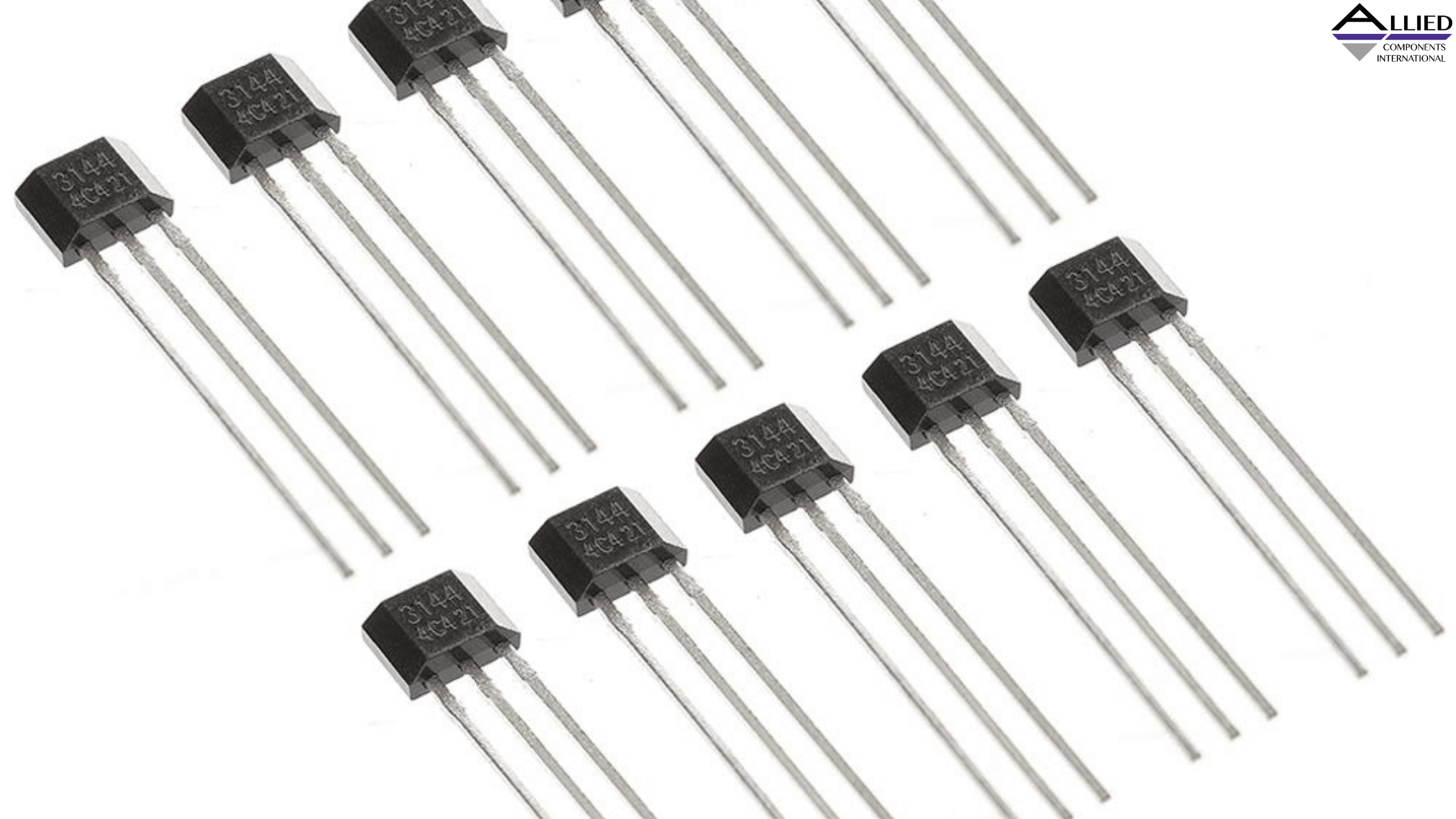What You Need to Know About Hall Effect and Reed Switch Sensors

Hall Effect and Reed Switch Sensors Benefits and Applications
Reed switch and hall effect sensor applications include consumer appliance and automotive systems. Both devices utilize changes in a magnetic field to activate or deactivate switch contacts. Read on to learn about reed switch and hall effect sensors and how they work in analog and microchip-controlled applications.
Digital Sensors in Discrete Applications
Many custom magnetic sensing applications incorporate digital sensors, which have proven their effectiveness time and again. They’re highly reliable in systems that require digital output to verify the position of an object. For example, if a digital sensor doesn’t detect a safety guard on a piece of equipment, the equipment will not operate. Here are typical magnetic sensing applications:
Reed Switch Uses and Benefits
A reed switch sensor requires no circuitry or power to function and is suitable for AC and DC power loads. The switching mechanism utilizes contacts on precious metal reeds, such as ferromagnetic, in hermetically-sealed glass casing. For instance, in a refrigerator door application, the contacts will close to turn on an LED when the door is open (because the reed sensor couldn’t detect a magnetic field). Reed sensor advantages include protection from environmental factors like moisture.
Digital Hall Effect Sensor Applications and Advantages
Digital hall sensor applications utilize semi-conductors. Magnetic field fluctuations, instead of physical magnet movements, dictate their output voltage. The switch can only work with low DC voltage and current. It relies on active circuitry and always uses a small amount of current. These digital sensors are highly reliable in terms of high-speed, high-precision sensing in washing machines and similar white goods applications.
Analog/Ratiometric Sensors
A modern analog hall effect switch is highly accurate in detecting the magnet’s position and instantaneously providing highly precise ratiometric output. Its analog output signal is very stable across a broad temperature range because it tracks the angle of the magnetic flux instead of the amplitude.
Types of Hall Effect sensors for analog sensing applications include:
Rotary Hall Effect Sensors-Their use cases include automotive as well as sensing the EGR valve position on an automobile’s engines and the dial position in appliances. Its advantages include accuracy and stability across normal operating temperature ranges.
Linear Hall Effect Sensor-These sensors track the magnetic field’s linear movement rather than its rotation. They provide a highly accurate ratiometric output signal relative to the sensor’s specific position/movement. Their most common applications include transmission gear shifting in cars and fluid levels tracking.
When choosing high-precision digital/analog sensing solutions, you’ll often need to consider reed switch vs. hall effect switch benefits. Both are utilized in common automotive and white goods applications. If you’re searching for these magnetic solutions or more, contact us at Allied Components International right away. We specialize in custom-made electrical components, including power inductors and transformers.


